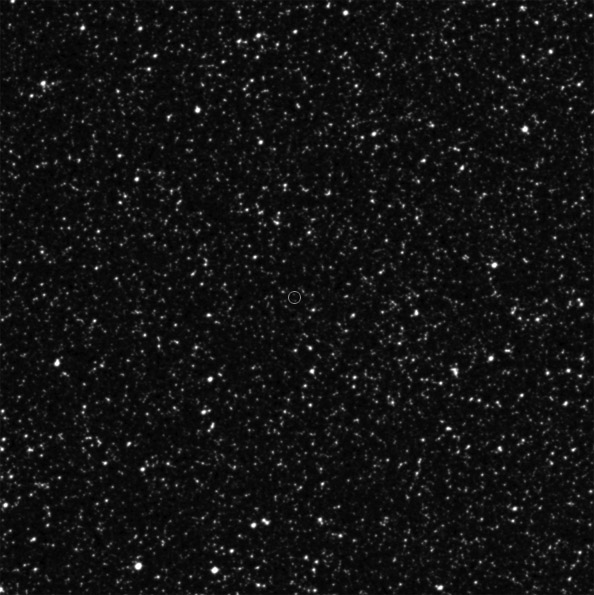| Description | Images |
Object name: NovaSagittarius2012No4Designation(s): NovaSagittarius2012No4, Nova Sagittarius No. 4 (how's that for a name) was just discovered. Since I thought I had a clear night I decided to give it a try. It is at 18h 20m 27s -27d 44' 27s so well below my limits. It is also below the walls of the observatory and in the trees along my shore, I can't trim as they are in the shoreline impact zone. So this was an interesting image compounded by the sky suddenly turning partly cloudy. At no time was more than the top 4" of my objective above the observatory wall. So while I was using a 14" scope I probably had only the equivalent of about 5" or so of true light gathering power. Then being so low and in the gunk, everything is severely extinguished. Color balance is also a WAG as the amount of wall obstruction got worse with time. I had to use 1 minute frames to catch what I could between tree branches and clouds. It didn't help that some fisherman was using a bright light to see his fishing buoy. It is illegal to use a light to attract fish except you can use a lighted marker buoy. Or, as this guy did, you circumvent the law by shining a 3 million candlepower light on your buoy so you can see it. That it attracts fish illegally, well, that's just a side effect. DNR folks can't cite him as he was just using a light to see his buoy which is allowed. That reflected into the observatory lighting up the wall thus fogging the image. Related Designation(s):NovaSagittarius2012No4, |

